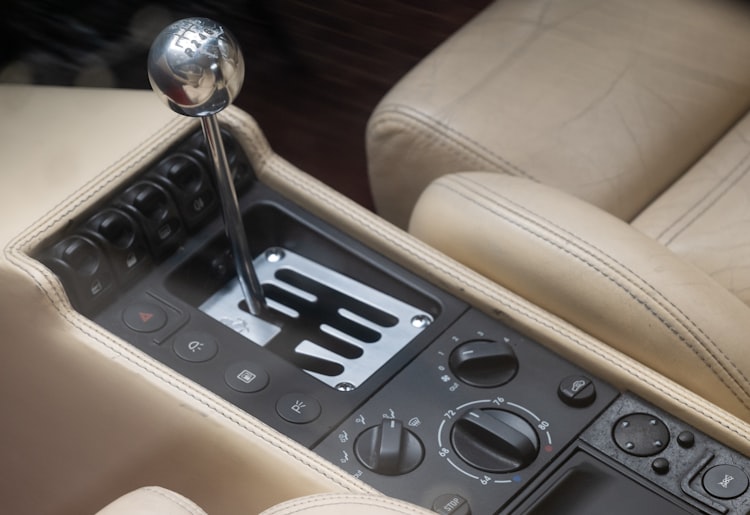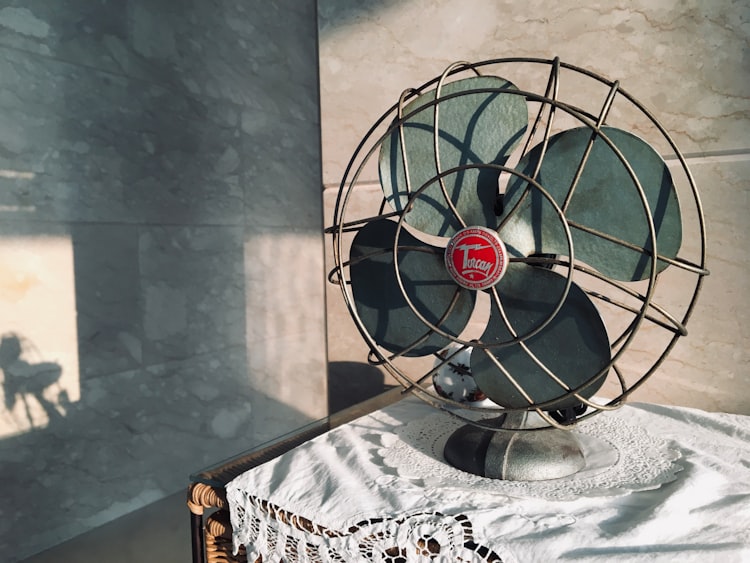Car Fundamentals: Electrical System
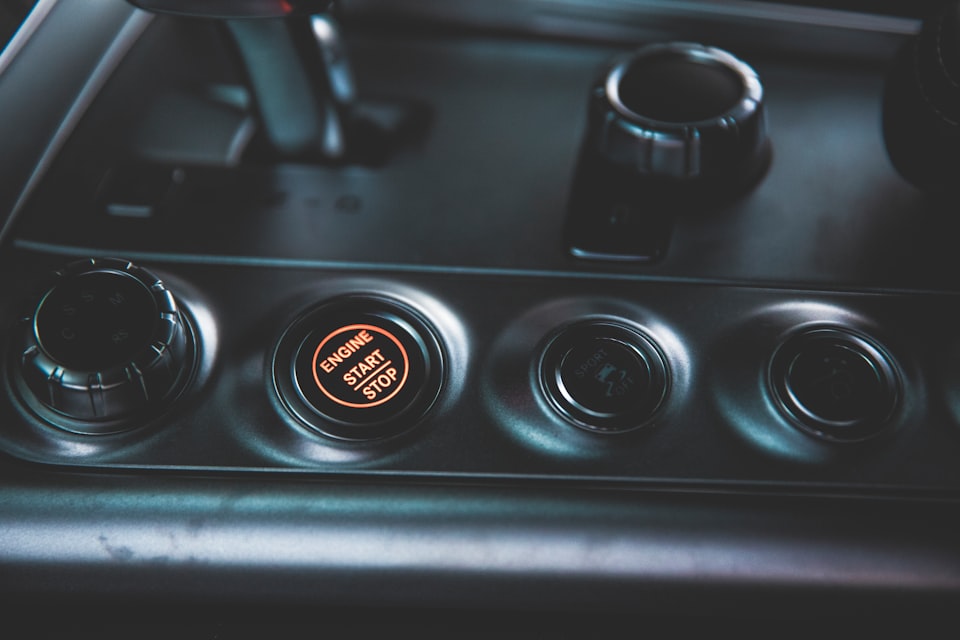
An automotive electric system is like a network of circular paths for electricity in a car. These paths, called circuits, connect from the battery to different parts of the car and back to the battery. The car's metal frame often provides a pathway for the electricity to return to the battery.
There are large wires for important things like starting the car and small wires for computer chips. Some car parts, like the headlights or car alarms, always have electricity running to them. Other parts, like the radio or power windows, only work when the car is on. You also have the starting circuit that helps turn the car on. Also, the charging circuit keeps the battery powered when the engine is running.
If something goes wrong with one of these paths, like a wire breaks, then the part connected to it won't work. It's not just important for electricity to reach a part; it must flow through it and then return to the battery.
Battery
In a car, the battery is like the heart that helps start the engine. It has two parts, the positive (+) and negative (-) sides, with metal plates inside filled with a special liquid. This liquid lets electricity flow between the plates without touching. When the engine starts, it makes its own electricity to run everything in the car.
The battery works by keeping a difference in the number of electrons on its metal plates. This creates a flow of electrons, like going downhill, through the wires in the car. A big red wire connects the positive side of the battery to the starter motor, which helps start the engine. A big black wire connects the negative side to the car's metal frame. Smaller wires branch off from the positive side to power all the car's gadgets.
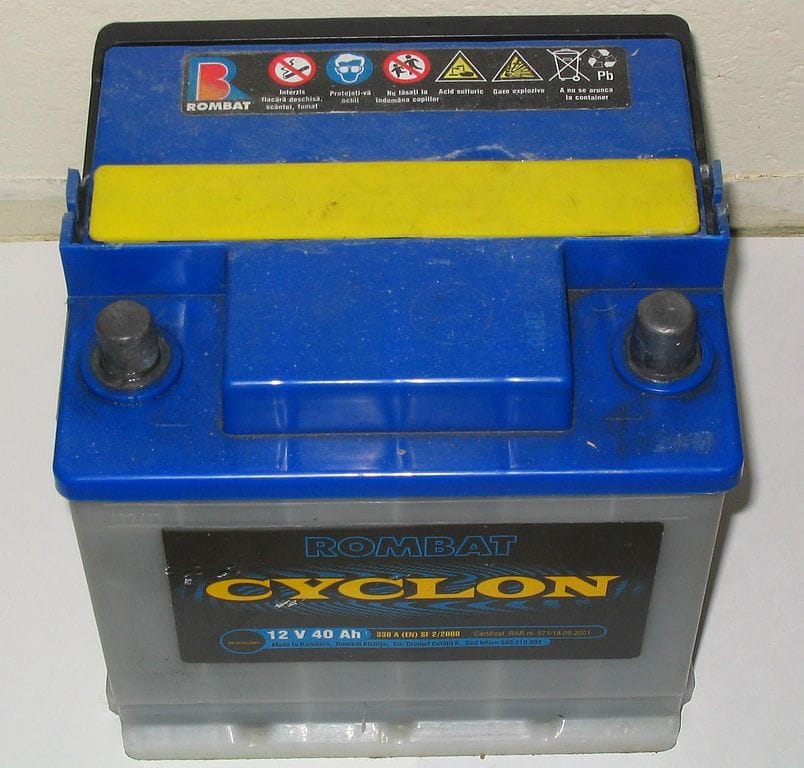
Starting Circuit
The starting circuit in a car helps to turn on the engine using electricity. It needs a lot of power to do this job. When you turn the car key to start, a small electric current goes to something called a starter solenoid. This solenoid is like a gatekeeper, protecting the small wires from the big power needed for the starter motor. The solenoid lets a lot of electricity flow to the starter motor, which helps start the engine until it runs on its own.
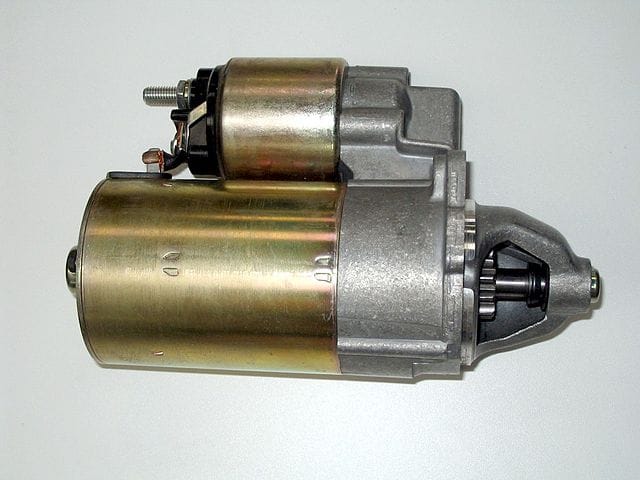
Before cars had electric starters, people had to use a hand crank to start the engine, which was hard and unsafe. The electric starter motor made it much easier for everyone.
Ignition Circuit
The ignition circuit in a car sends sparks to the engine to make it run properly. A distributor helps with this by timing when the sparks should happen. Inside the distributor cap, a spinning rotor touches each sparkplug wire, sending a spark to each sparkplug one after another. Sparkplugs are in the engine and create sparks when electricity jumps across a gap in the plug.
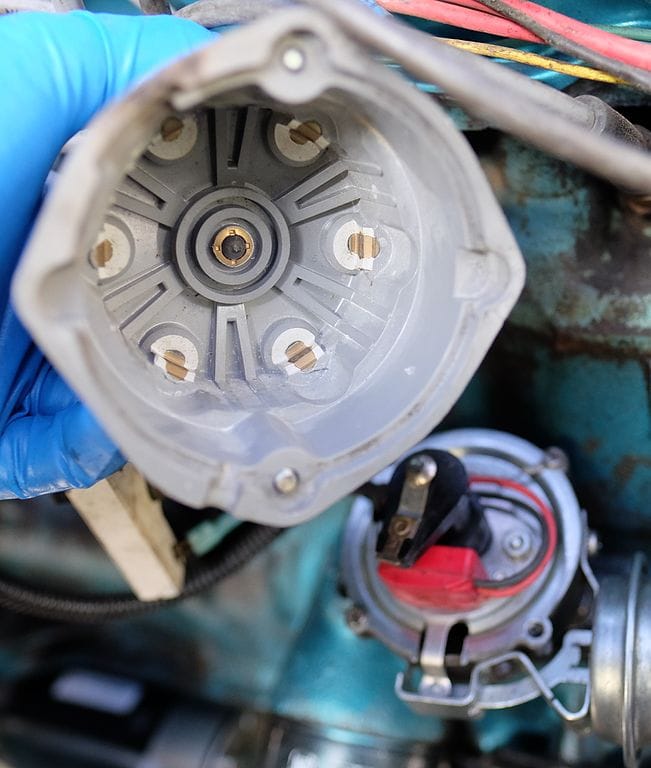
A special coil changes the normal 12 volts from the battery into the 50,000 volts needed for the spark. Inside the distributor are mechanical points or an electronic ignition module that manage these different currents and control when the sparks happen.
The size of the spark, how hot it is, and the timing of the sparks affect how well the engine runs. This depends on the type of sparkplug and voltage.
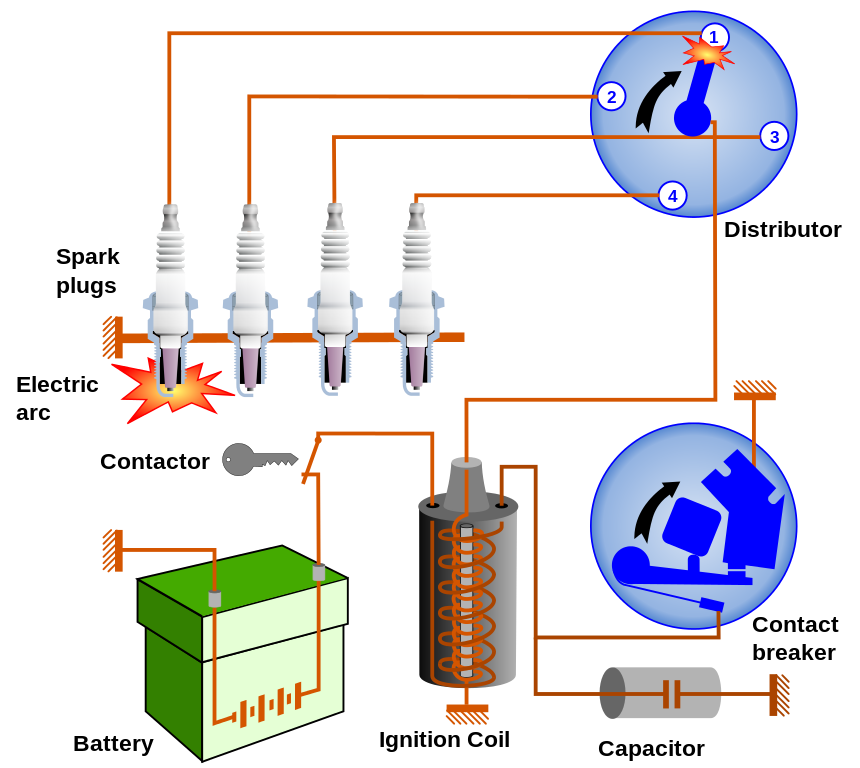
Charging Circuit
A car's charging circuit ensures enough electricity for everything to work, like the lights and radio. It also helps recharge the battery after the car starts.
An alternator makes electricity by spinning magnets inside it. This happens when the engine turns a belt connected to the alternator.
A voltage regulator is like a traffic cop for electricity, ensuring not too much power goes to the battery and other parts. If there's too much, it could hurt the car's electrical system. Newer cars have electronic regulators built into the alternator. In comparison, older cars might have a mechanical regulator in the engine compartment.
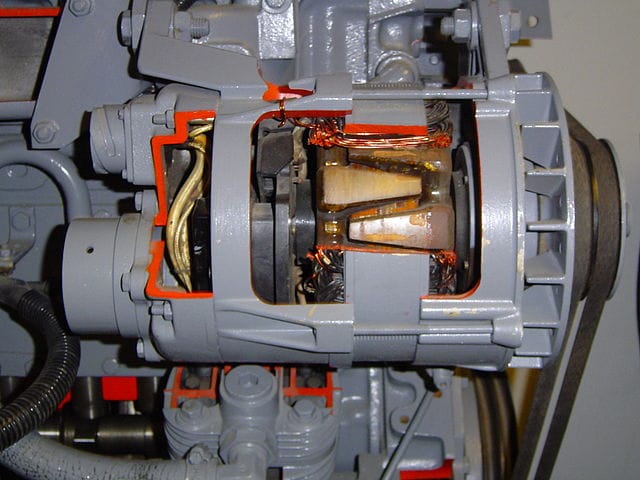
Fuses
A fuse is like a safety net for the car's electrical system. It's a thin metal strip that melts if too much electricity flows through it. This protects the delicate parts of the system. When a fuse melts, it stops the flow of electricity to that part, preventing damage. Fuses come in different sizes depending on how much electricity the part needs. You can find them in the fuse box under the dashboard.
A circuit breaker is like a reusable fuse. Instead of melting, it separates two metal strips when there's too much electricity. After it cools down, it returns to normal, and the electricity flows again. Some circuit breakers need to be reset by hand, while others reset on their own, like if a headlight stops working while driving.
Fusible links are like extra backup fuses for critical parts of the car's electrical system. If something really serious happens, they melt to protect the rest of the system. When a fusible link melts, it might save some parts, but usually, it means replacing the link and sometimes a lot of wiring to fix the problem.
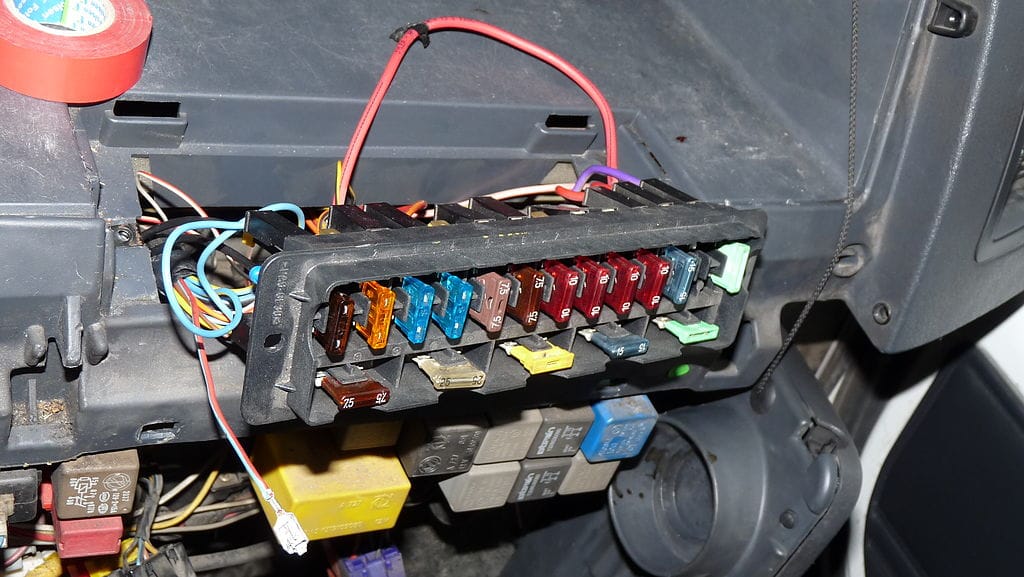
Accessories
Electrical car accessories are cool and useful gadgets that make driving more comfortable, safe, and fun. They range from simple things like windshield wipers to advanced tech like satellite navigation. These accessories are practical and showcase the latest technology in the automotive world.
Summary
In conclusion, the electric system in your car is like its heartbeat. It powers everything from starting the engine to the lights and windows. These electric wires run all over your car, ensuring everything works smoothly. So, when you start your car, think about the electricity making it all happen.
Enjoy your drive, knowing everything is working just right.


